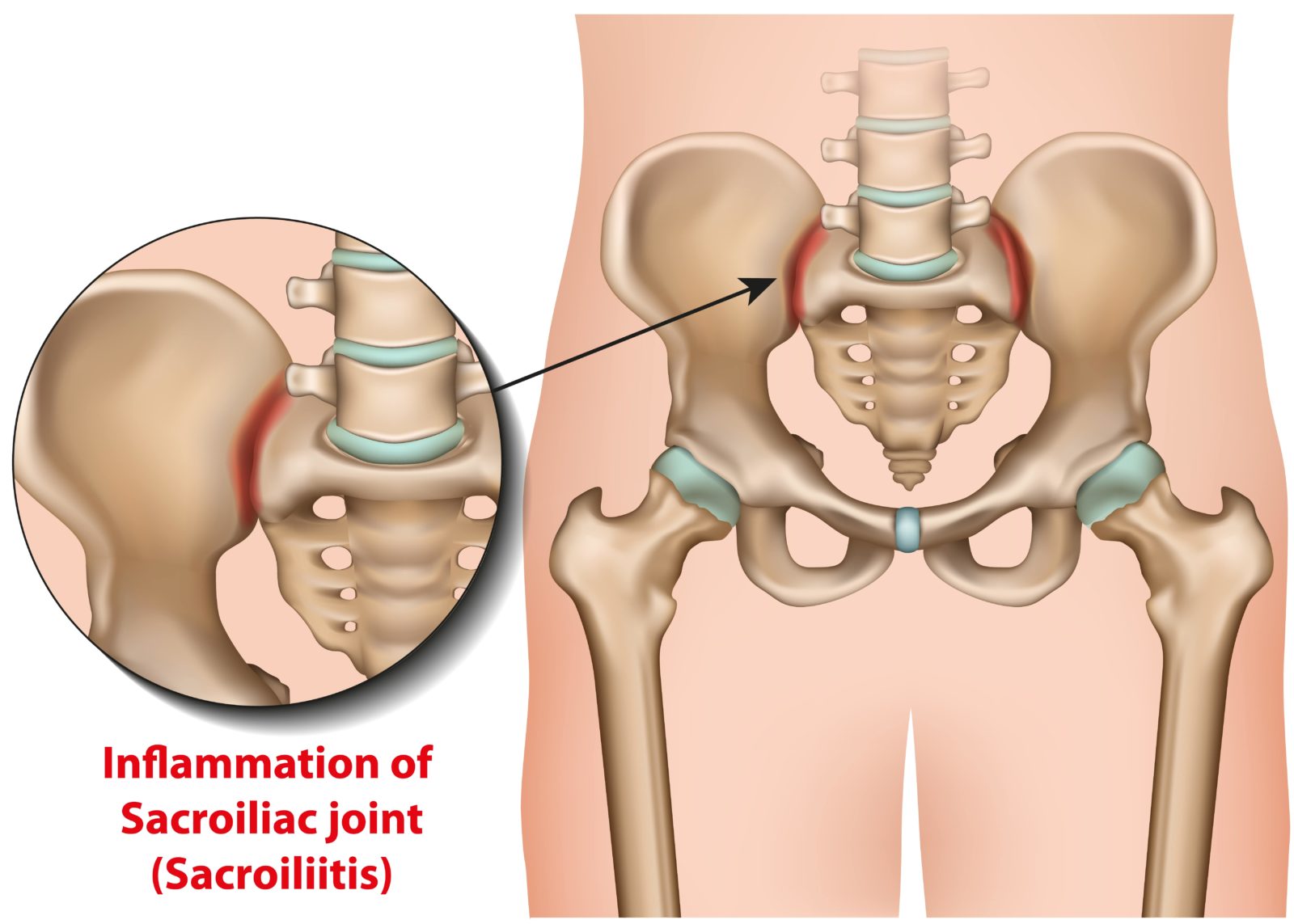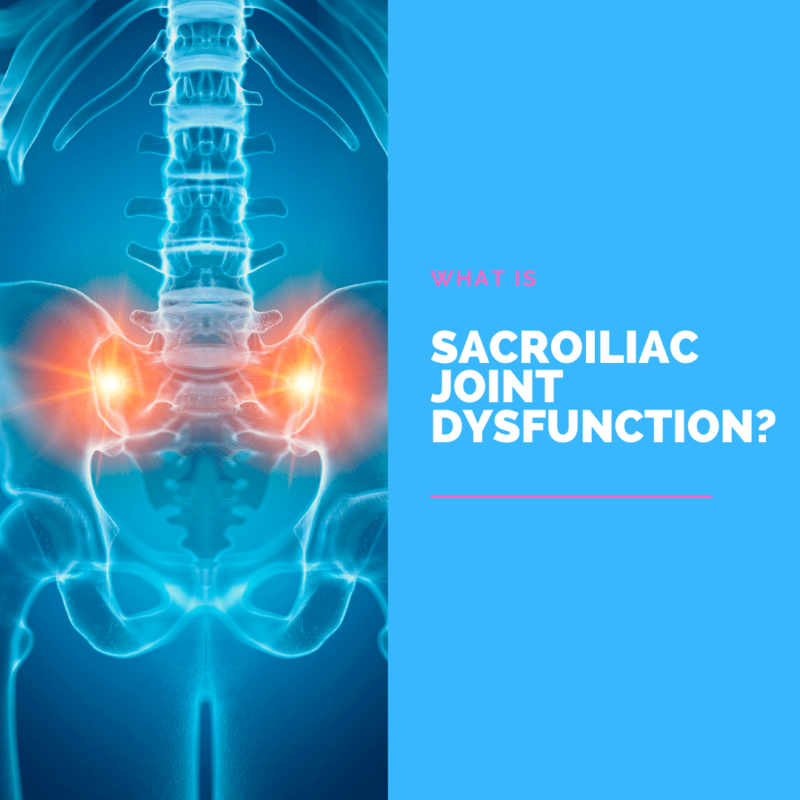Sacroiliac joint dysfunction is a condition that affects the sacroiliac joints, which are located where the spine meets the pelvis. These joints are responsible for stabilizing the body and transferring weight from the upper body to the lower body. When they become dysfunctional, it can cause pain and inflammation in the surrounding area. In this blog post, we will discuss what sacroiliac joint dysfunction is, how it develops, how it is diagnosed, and how it is treated.
What is SI Joint Pain?

The sacroiliac (SI) joints are located at the base of the spine where the pelvis meets the spine. These joints act as shock absorbers for the body and help to transfer weight from the upper body to the lower body. When they become dysfunctional, it can cause pain in the surrounding area.
The most common symptom of SI joint dysfunction is pain in the lower back and buttocks. This pain can range from mild to severe and can be aggravated by activities such as walking, sitting, or standing for long periods of time. Other symptoms of SI joint dysfunction include:
- stiffness in the lower back or hips
- difficulty moving the legs or hips
- pain that radiates down the legs
- numbness or tingling in the legs or feet
- weakness in the legs or feet
How Does SI Joint Pain Develop?
The most common cause of SI joint pain is a condition called arthritis. Arthritis is a degenerative disease that causes the joints to become inflamed and painful. Other causes of SI joint pain include:
- injury to the sacroiliac joints
- dislocation of the sacroiliac joints
- infection in the sacroiliac joints
- tumors in the sacroiliac joints
- gait issues that place excess pressure on the SI joint
- prior lower back surgery that displaces pressure on the SI joint
Sacroiliac joint dysfunction is more prevalent in young and middle-aged women, especially those that are pregnant or that have recently given birth.

How is SI Joint Pain Diagnosed?
SI joint pain is typically diagnosed through a combination of a physical examination and imaging tests. During the physical examination, your doctor will ask you about your symptoms and medical history. They will also perform a physical examination of the affected area. During a physical exam, your doctor may perform a sacral thrust test and/or test your SI joint for signs of tenderness. This test applies pressure to the back of the hips and is used to determine if sacroiliac joint dysfunction is the cause of your pain. Imaging tests such as X-rays, MRI, or CT scan may also be ordered to rule out other conditions. In some cases, a sacroiliac joint block may also be used to confirm a diagnosis.
How is SI Joint Pain Treated?
The treatment for SI joint pain will vary depending on the underlying cause. In some cases, multiple treatments may be used. Treatment options can include one or more of the following:
- physical therapy
- pelvic bracing
- exercise
- weight loss
- medications
- injections
- surgery
In Conclusion
In this blog, we discussed what sacroiliac joint dysfunction is, how it develops, how it is diagnosed, and how it is treated. If you are experiencing pain in your lower back or buttocks, contact your doctor to discuss treatment options. Physical therapy, exercise, and weight loss can often help to improve symptoms. If these conservative measures do not relieve your pain, your doctor may recommend medications, injections, or surgery.











 in CA by O360®
in CA by O360®